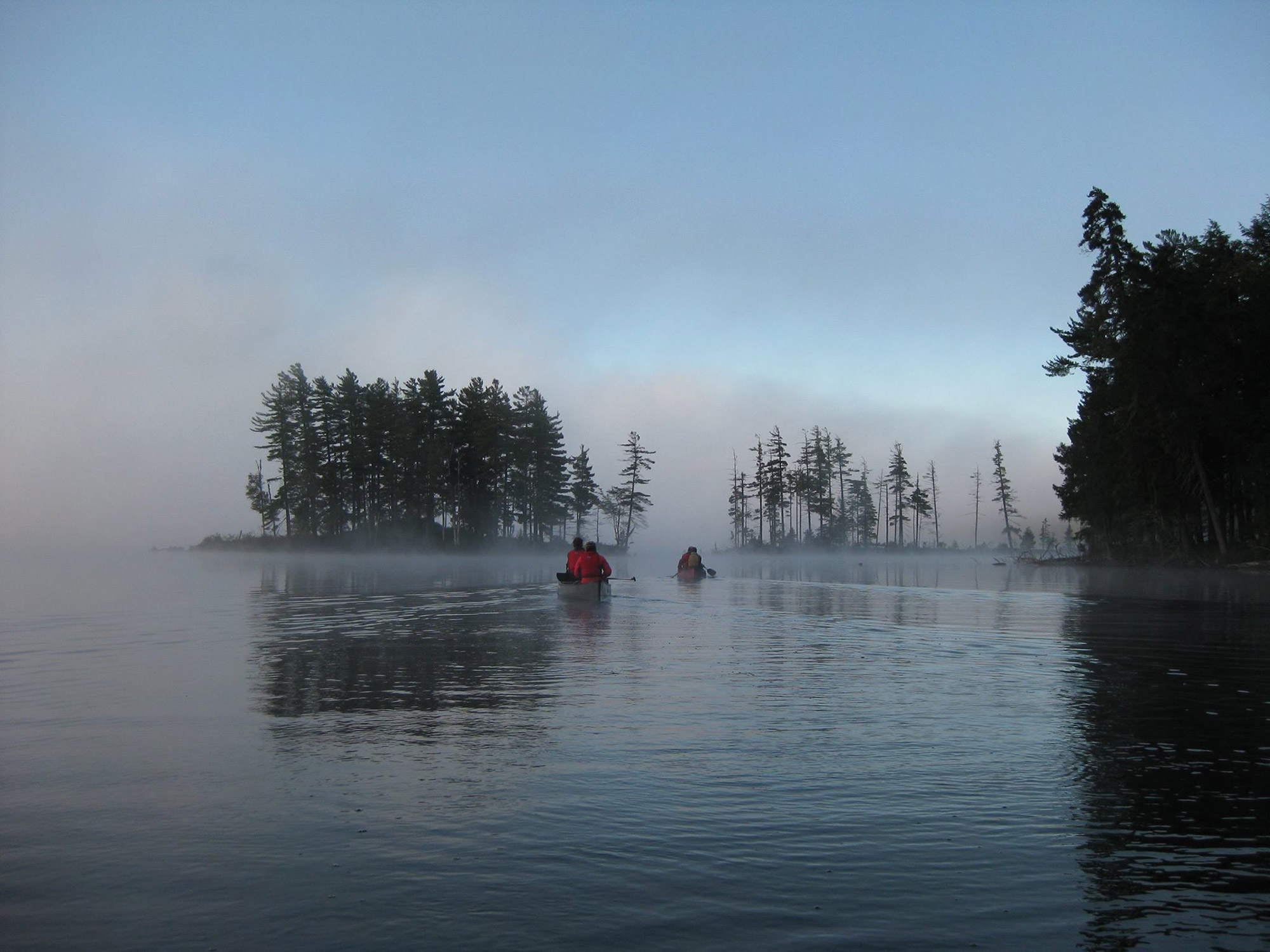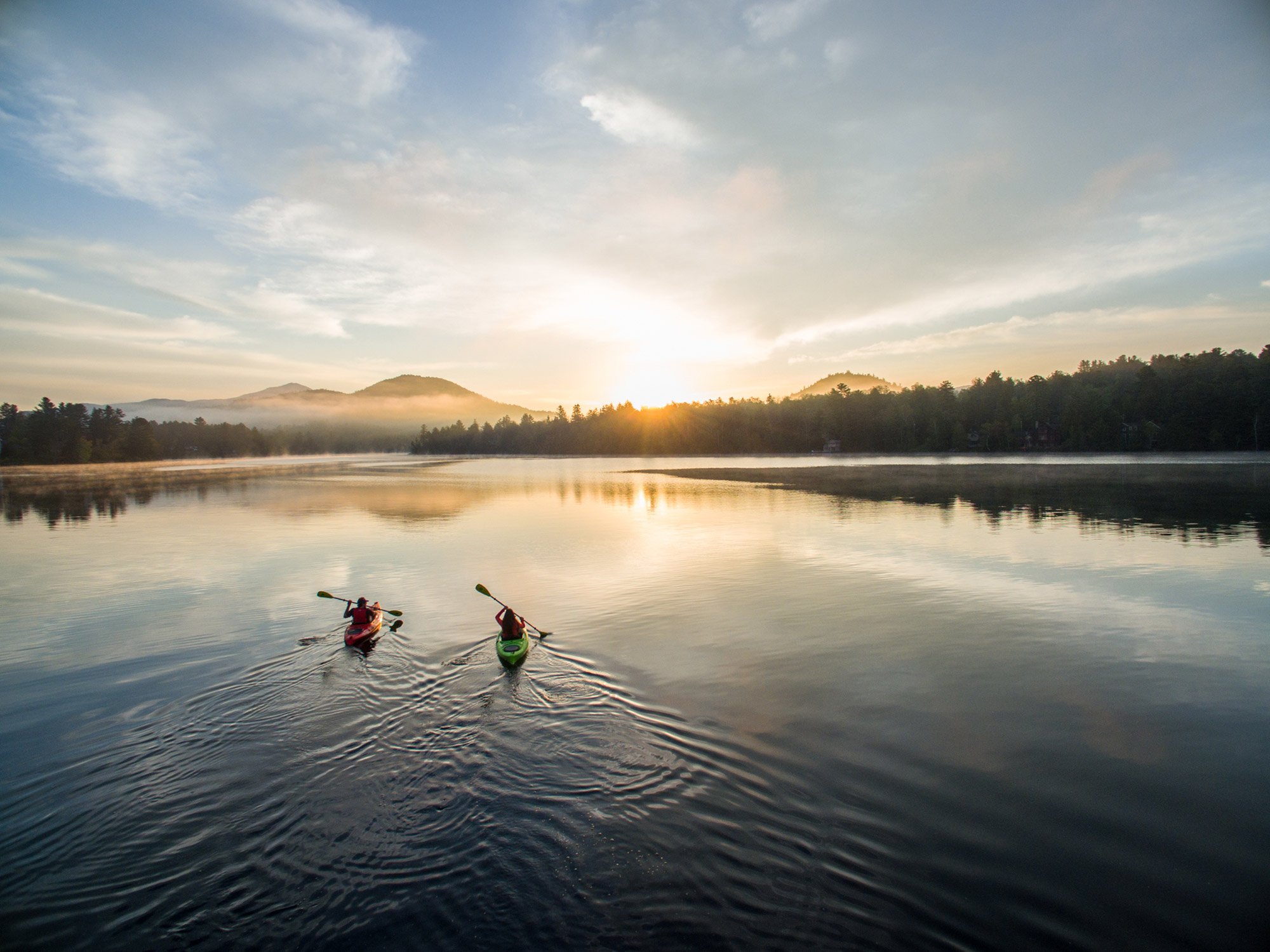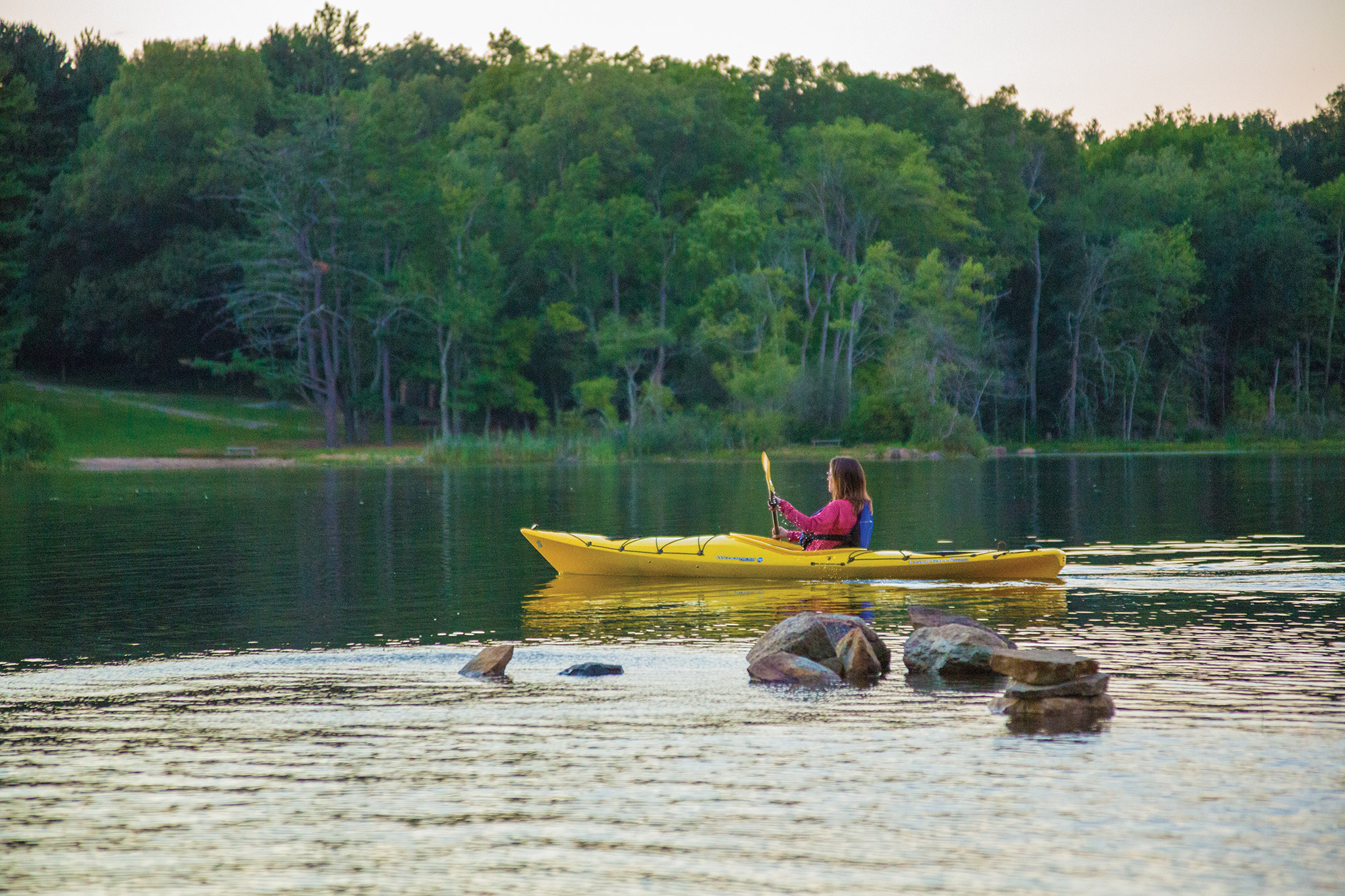It’s inevitable. If you paddle long enough, eventually, you’re going to run out of water. As a result, anyone looking to lengthen their trip to the next pond or lake, bypass a dangerous rapid, or even simply carry a boat from the car to the water is going to need to know one dreaded but crucial paddling skill: the portage. And, doing it efficiently makes the carry move along easily and quickly.

1. Don’t drag the boat
Dragging the boat across the terrain may seem like the easiest thing to do, but it could result in damage that ultimately shortens the amount of time you can spend on the water. You don’t want to get to the end of your portage, only to find a fresh hole in the hull of your new canoe. If you’re paddling with a partner, share the weight. If you are solo, make sure you have a boat that you can carry by yourself.
2. Share the weight
Whether you have a kayak or canoe, there are multiple ways to carry the boat. If you are paddling with someone, each of you grabbing an end is the simplest solution. If you are paddling two separate boats of the same length, carrying both at the same time, with one in each hand, can be even easier than supporting one, as the weight distributed on both sides helps with your balance.
To carry, insert your arm into the cockpit, and rest the cockpit’s side on your shoulder to balance the boat. This can save a great deal of arm strength, and on narrower trails, having the boat up high may be easier than carrying it in your hands.
In a canoe, use the center yoke to balance the boat upside down on your shoulders. However, be sure to practice getting the canoe up by yourself first and keeping it balanced. You wouldn’t want to pull a muscle out in the backcountry when you’re trying to lift.
For any of the shoulder-carrying techniques, it helps to bring along some foam padding, such as a cut pool noodle or your life jacket, to add some cushioning between your shoulders and the boat. Two people sharing one canoe can do something similar: Rest the seats on your shoulders, or even on top of a backpack.
3. Plan ahead
Unless you’re scouting unexplored water on Mars, you should always have a map for your paddling trip. As you plan, look at your route to see where your portages will be and what type of terrain you will be crossing. Then, ask yourself a few questions: What is the distance of the portage? Will it go through the woods or on a trail? Is there a road that can be taken? Is it dirt or pavement? How much elevation change does the portage involve?
Having the answers will further help you bring along the right equipment and get a better idea of what’s coming.

4. Scout the portage
You might not always be able to answer those questions just by looking at the map, however. In that case, scout the portage without the boat before you go through it. Check for fallen trees that you may have to go over or under, as well as any number of natural obstacles. Sometimes, a planned portage route may have an unexpected gate or washed-out trail. It is better to find this out before you go through all the effort of carrying your boat halfway along, only to find the route impossible to pass.
5. Bail water
When you paddle up to the shore, your boat will likely have some water inside. Water is heavier than many people realize, so take a few moments to bail or dump it out. Your muscles will thank you later.
6. Carry your gear
Longer paddling trips may include a few bags’ worth of gear and food. However, keeping that weight inside during the portage makes the boat much heavier and more difficult to lift and maneuver. Instead, a dry-bag with straps that you can wear makes it much easier to move the boat on its own. If your bags are not wearable, on the other hand, consider making two trips to carry your gear and boat separately. Take your packs first, and consider that your scouting trip.

7. Use portage wheels
For especially long portages, wheels or a cart will be helpful. First, however, make sure you know what kind of terrain lies ahead. A cart with small wheels, for instance, will be almost useless on a rugged trail or sand. On the other hand, if you have a long road portage, wheels may save lots of effort and time.
But, be sure that you know how to secure the boat. In the middle of your trip, it’s not any fun to realize that you need an extra strap in order to keep the boat from sliding around. As well, remember that the portage wheels need to come in the boat with you. So, make sure you have enough carrying capacity and can firmly fasten them.
Being able to portage your boat helps you reach those difficult-to-access lakes and waterways, and can mean finding better fishing spots or a quieter campsite. In any case, have fun exploring, and try not to drop the boat on your partner!
Aaron Courain
Aaron Courain is a mechanical engineer by trade as well as an aspiring husband, who grew up in northern New Jersey. He is a team member of the New York Adventure Racing Association, which allows him to be “just ok” at multiple sports, instead of really good at one. Climbing and adventure racing has provided a constant challenge and outlet for outdoor pursuits, while living in NJ has forced him to get creative about fitting as much outdoors time as possible into the daily grind.
Related Posts
April 2, 2024
10 Tips for Mountain Biking Etiquette During Mud Season
One rough spring could ruin the…




